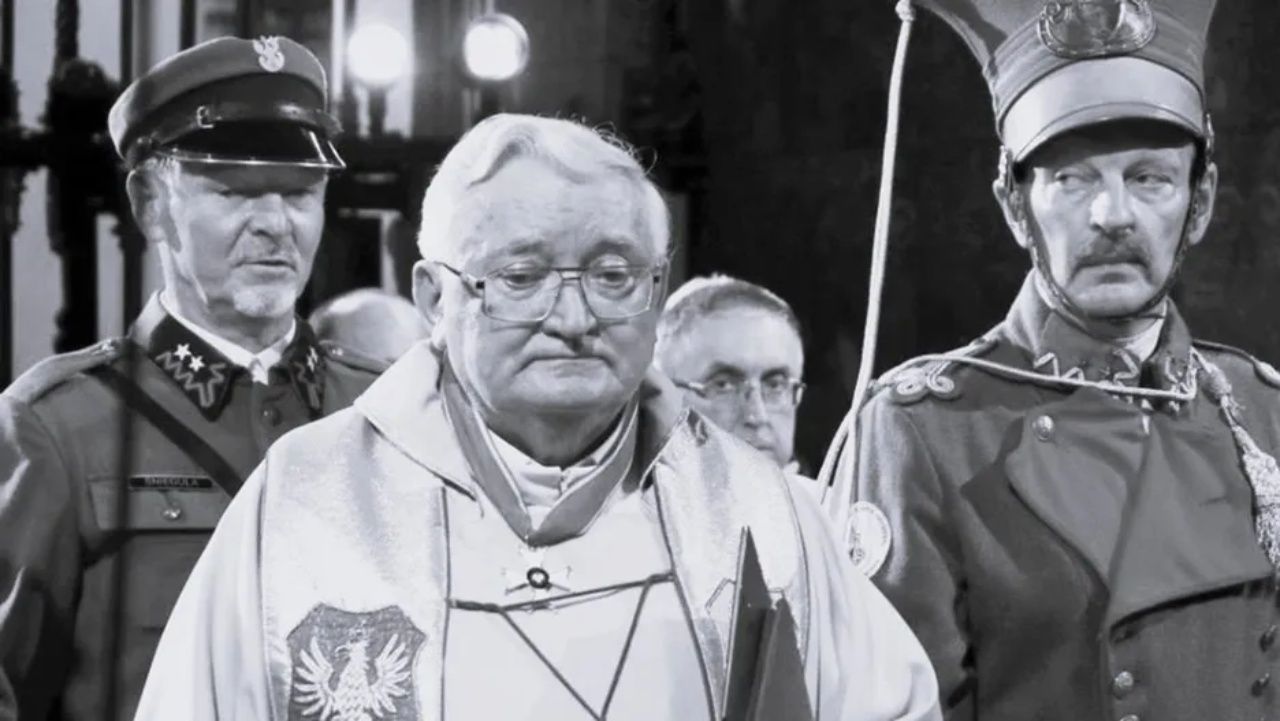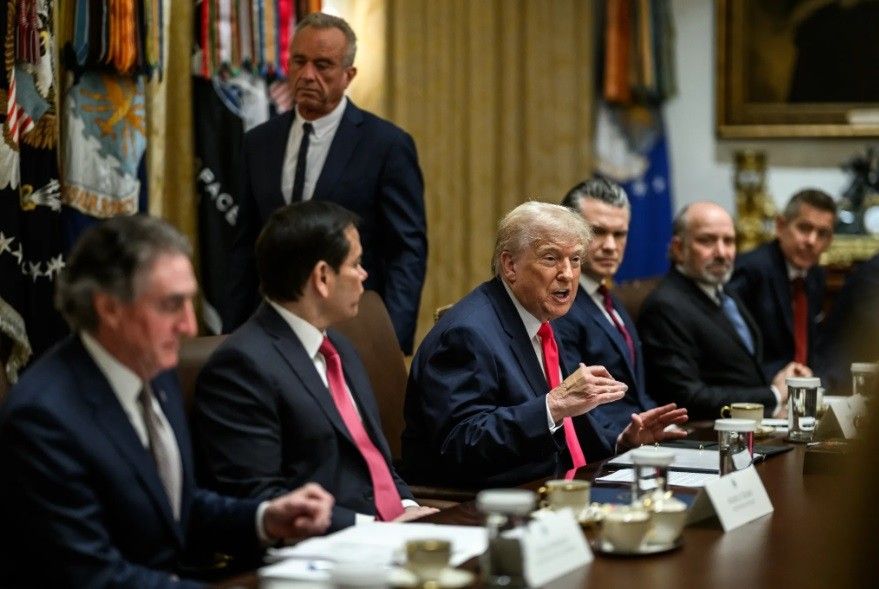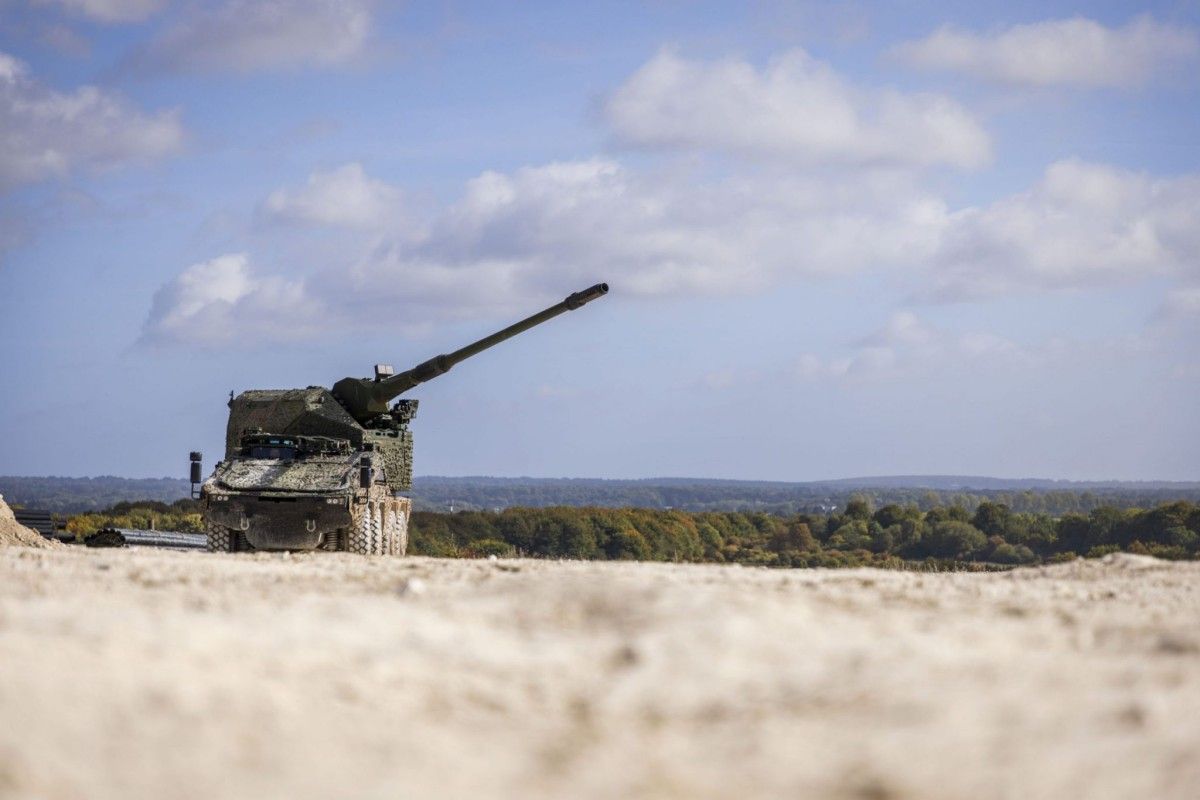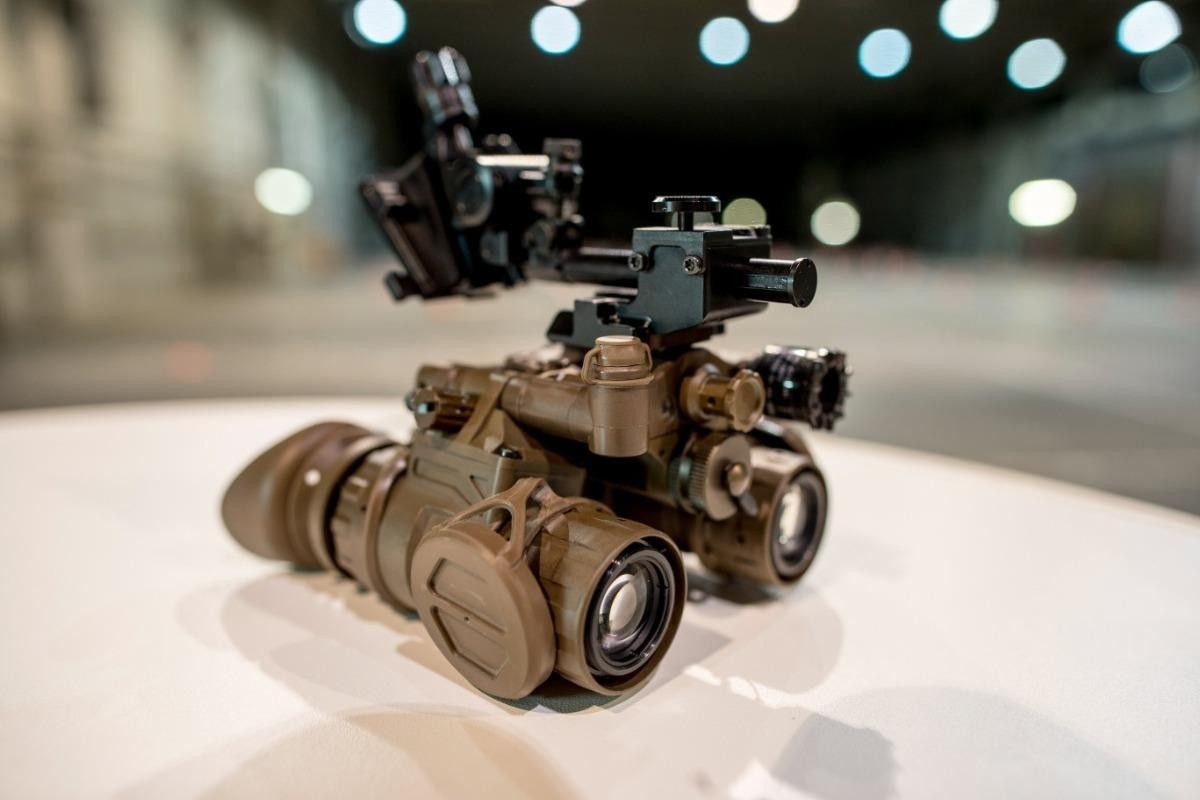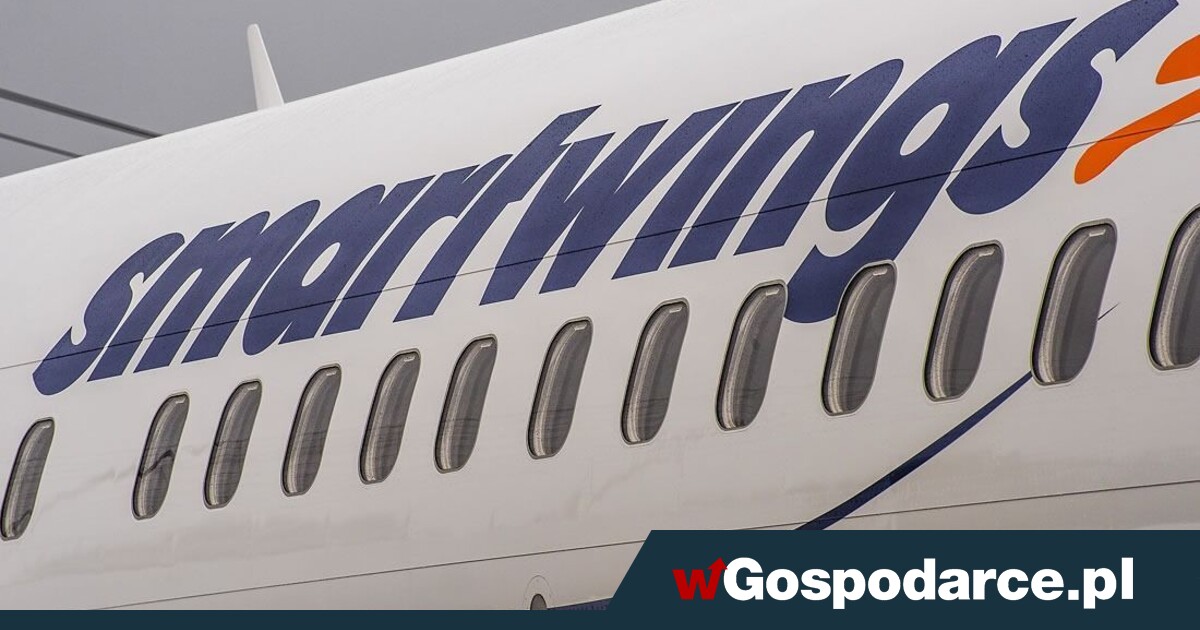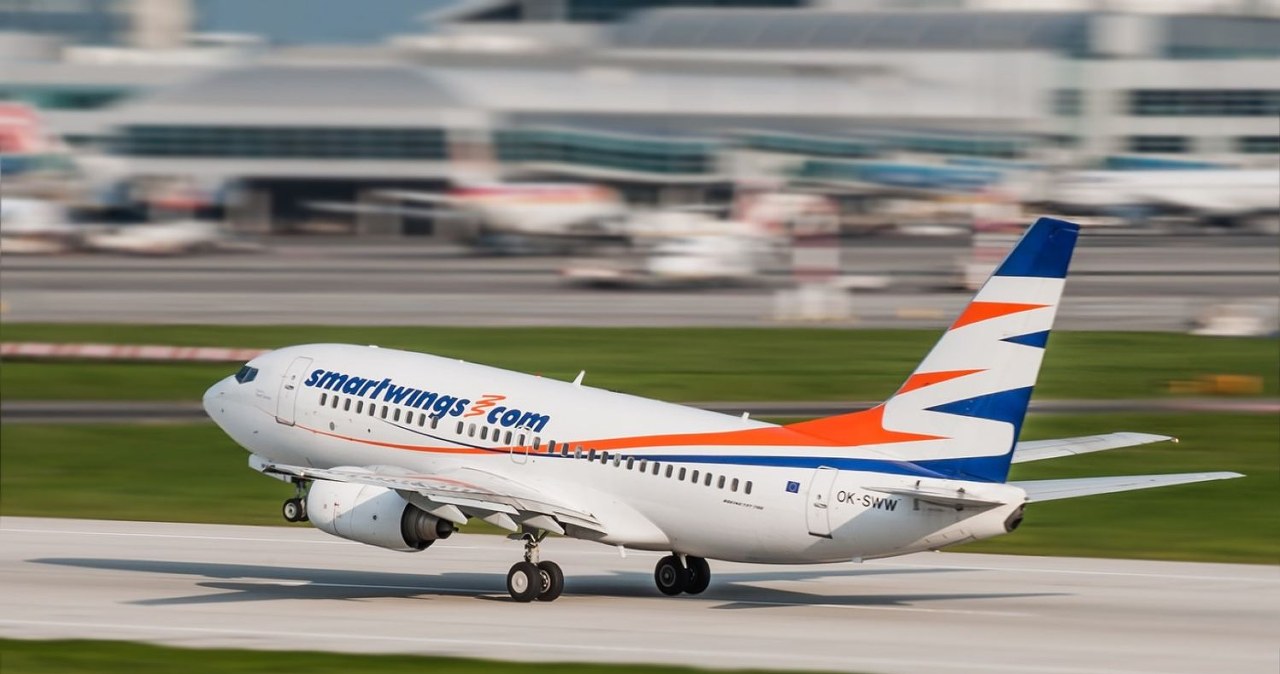The US plane crash case is coming back. The fresh study indicates Black Hawk pilot's mistakes
natemat.pl 7 months ago
- Homepage
- Army
- The US plane crash case is coming back. The fresh study indicates Black Hawk pilot's mistakes
Related
Kim są elity III RP? Bartosz Kopczyński
10 hours ago
Zakłamana nauka? Bartosz Kopczyński
11 hours ago
USA rezygnują z roli „światowego policjanta”
13 hours ago
Niemcy kupią artylerię za miliardy euro?
15 hours ago
Duże zamówienie na optolektronikę
15 hours ago
recommended
Na ostatniej prostej wyprzedzili LOT
4 days ago
Zmarnowana przez politykę szansa LOT?
4 days ago


